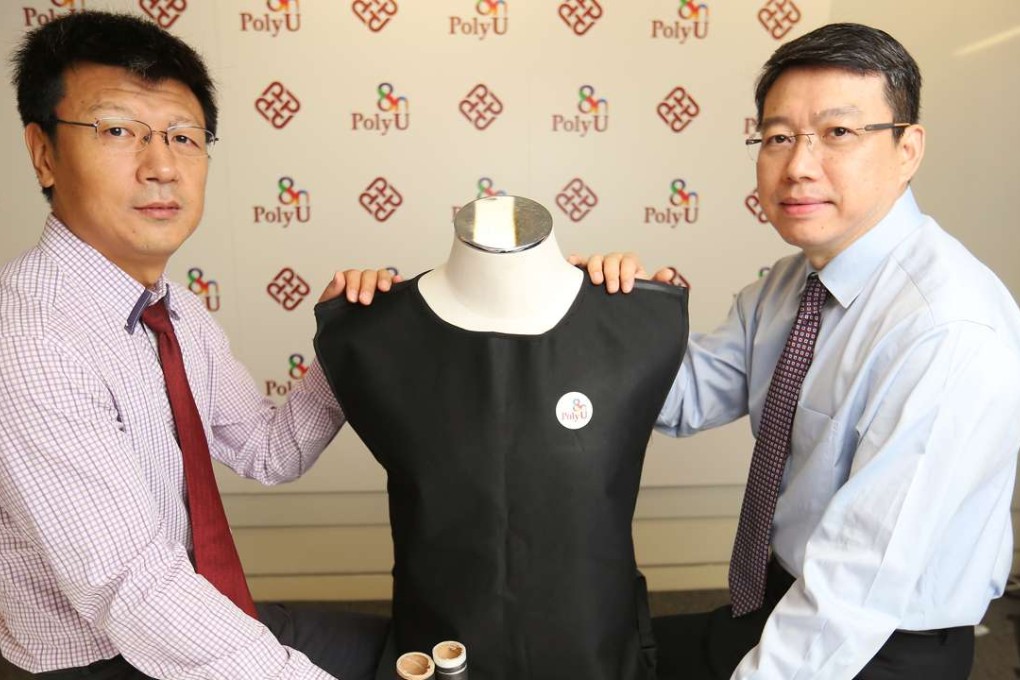Hong Kong researchers develop safer alternative to lead in X-ray shields
Polytechnic University team combines tungsten and polyurethane to create a garment that offers 40 per cent more protection

Polytechnic University researchers have created a safer, lighter X-ray shield by mixing the metal used in light bulb wires with a common plastic.
The combination of tungsten and polyurethane offers 40 per cent more protective than lead, which is conventionally used to protect people from radiation during X-ray procedures, yet it is 22 per cent lighter.
“The material is non-toxic and can be recycled and processed into protective clothing,” said Fei Bin, associate professor at the university’s institute of textiles and clothing, who led the team.
While lead has long been used to shield patients from radiation, its toxicity poses a health threat if the protective vests containing the metal wear out or the lead gets damaged.
How could we protect people better with lighter materials from radiation harm?
Fei’s team adopted a new, patented technology to transform tungsten – one of the densest metals – into tiny particles one-tenth the width of light bulb wire. These were then mixed with polyurethane, a highly elastic material, and turned into a new kind of composite garment.